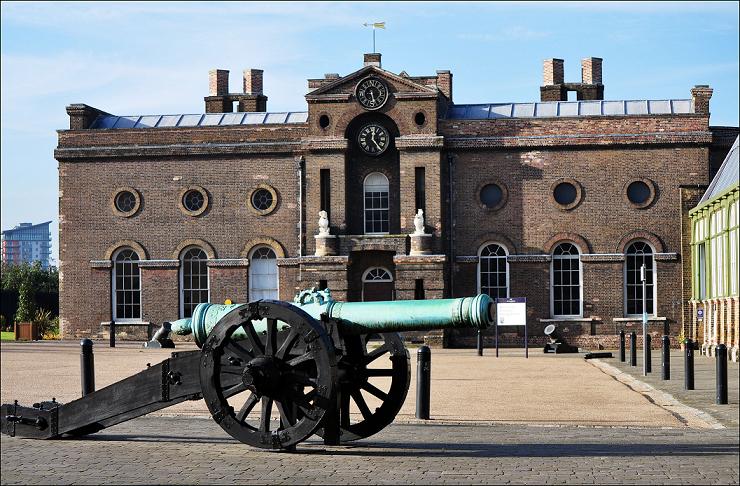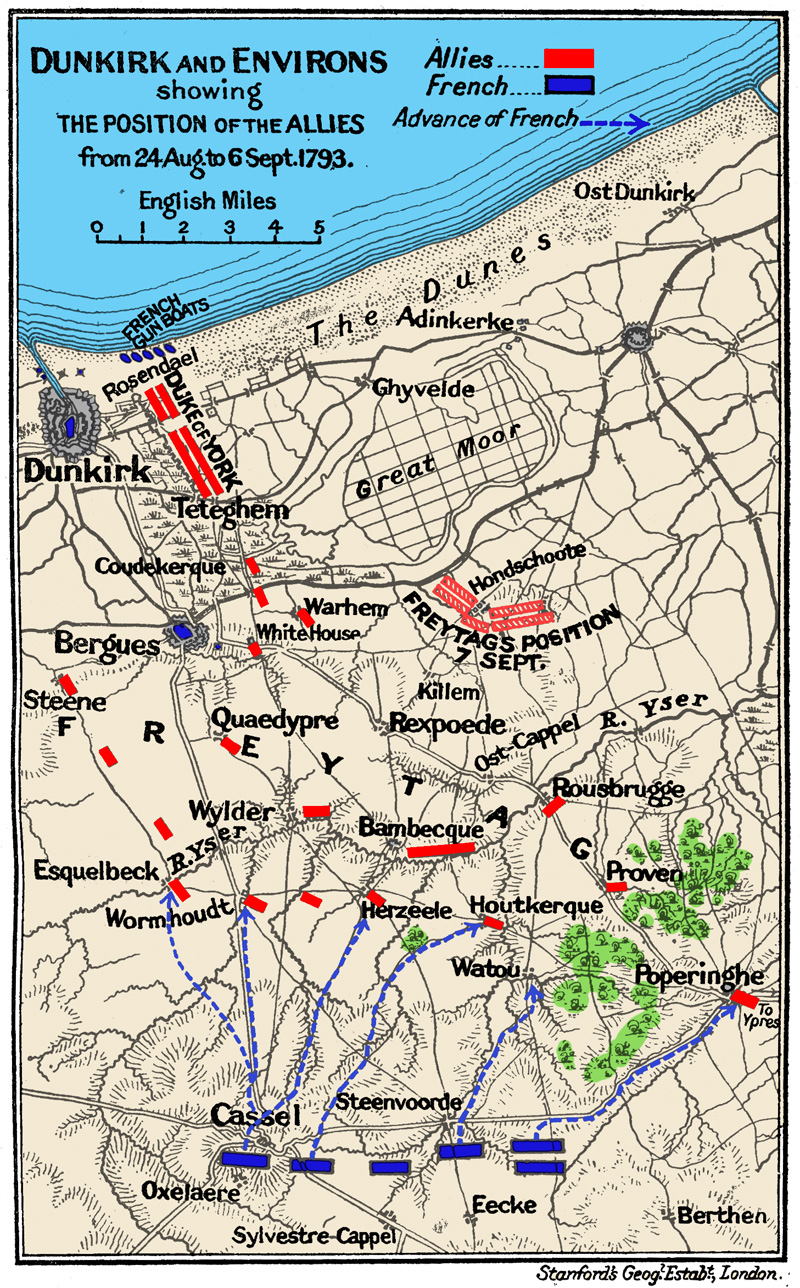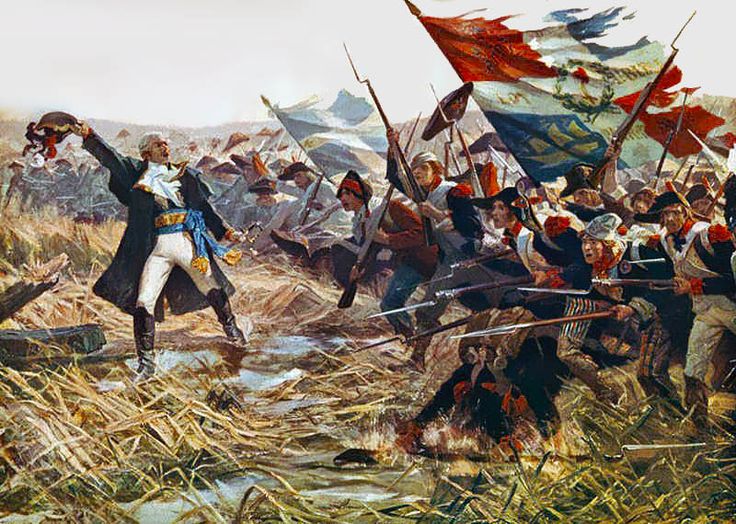|
William Robe
Colonel Sir William Robe (18 February 1765 – 5 November 1820) was a British Army officer of the Royal Artillery who served in the Revolutionary and Napoleonic Wars. He was praised as an artillery commander in combat and an organiser of military operations, as well as starting the first regimental school for soldiers' children, and serving as the architect of Quebec's Anglican cathedral. Early life Robe was born at Woolwich in 1765, the son of William Robe, Second Lieutenant in the Royal Artillery's invalid battalion, and proofmaster in the Royal Arsenal, and his wife, Mary Broom. He entered the Royal Military Academy at Woolwich on 20 October 1780 as an extra cadet, and was gazetted to a commission as second lieutenant in the Royal Artillery on 24 May 1781. Career Robe served from June 1782 to July 1784 at Jamaica, acting as adjutant and storekeeper. After two years at home he was in 1786 sent to Canada. He was promoted to first lieutenant on 22 November 1787, and re ... [...More Info...] [...Related Items...] OR: [Wikipedia] [Google] [Baidu] |
Woolwich
Woolwich () is a district in southeast London, England, within the Royal Borough of Greenwich. The district's location on the River Thames led to its status as an important naval, military and industrial area; a role that was maintained throughout the 16th to 20th centuries. After several decades of economic hardship and social deprivation, the area now has several large-scale urban renewal projects. Geography Woolwich is situated from Charing Cross. It has a long frontage to the south bank of the Thames river. From the riverside it rises up quickly along the northern slopes of Shooter's Hill towards the common, at and the ancient London–Dover Road, at . The ancient parish of Woolwich, more or less the present-day wards Woolwich Riverside and Woolwich Common, comprises . This included North Woolwich, which is now part of the London Borough of Newham. The ancient parishes of Plumstead and Eltham became part of the civil parish of Woolwich in 1930. Parts of the wards ... [...More Info...] [...Related Items...] OR: [Wikipedia] [Google] [Baidu] |
Royal Military Academy At Woolwich
The Royal Military Academy (RMA) at Woolwich, in south-east London, was a British Army military academy for the training of Officer (armed forces), commissioned officers of the Royal Artillery and Royal Engineers. It later also trained officers of the Royal Corps of Signals and other technical corps. RMA Woolwich was commonly known as "The Shop" because its first building was a converted workshop of the Royal Arsenal, Woolwich Arsenal. History Origins in the Royal Arsenal An attempt had been made by the Board of Ordnance in 1720 to set up an academy within its Arsenal (then known as the Warren) to provide training and education for prospective officers of its new Royal Regiment of Artillery, Regiment of Artillery and Corps of Royal Engineers, Corps of Engineers (both of which had been established there in 1716). A new building was being constructed in readiness for the Academy and funds had been secured, seemingly, through investment in the South Sea Company; but the latter's col ... [...More Info...] [...Related Items...] OR: [Wikipedia] [Google] [Baidu] |
Battle Of Tournay
The Battle of Tournay or Battle of Tournai or Battle of Pont-à-Chin (22 May 1794) saw Republican French forces led by Jean-Charles Pichegru attack Coalition forces under Emperor Francis II and Prince Josias of Saxe-Coburg-Saalfeld. After a bitter all-day struggle, Coalition troops recaptured a few key positions including Pont-à-Chin, forcing the French to retreat. The Coalition allies included soldiers from Austria, Great Britain, Hanover, and Hesse-Darmstadt. The Flanders Campaign battle was fought near Tournai in modern Belgium on the Schelde River, located about southwest of Brussels. In late April 1794, French forces seized both Courtrai and Menin. On 10–12 May in the Battle of Courtrai and on 17–18 May in the Battle of Tourcoing, the Coalition army failed to dislodge French forces holding these two cities. In a bid to drive the Allies from Tournai, Pichegru launched a frontal attack on their positions west of the city. Though the French were repulsed, the severe ... [...More Info...] [...Related Items...] OR: [Wikipedia] [Google] [Baidu] |
Siege Of Landrecies (1794)
The siege of Landrecies (17 – 30 April 1794) was a military operation conducted by the (mobile army) of the Dutch States Army, commanded by the Hereditary Prince (assisted by auxiliary forces from the army of the Austrian empire), against the fortress of Landrecies, garrisoned by troops of the First French Republic under general Henri Victor Roulland during the Spring 1794 campaign of the Flanders Campaign, part of the War of the First Coalition. The fortress capitulated on 30 April 1794. Background In the amended that the military leaders of the Coalition agreed upon in The Hague in early April the capture of the fortress of Landrecies was a key objective. The mobile army of the States Army (which had not been active since the Battle of Menin (1793)) was charged with obtaining this objective. Landrecies had long been a contested city between France and the Habsburg Netherlands of which it originally a part. In 1543 the French conquered it and repulsed an attempt by Charl ... [...More Info...] [...Related Items...] OR: [Wikipedia] [Google] [Baidu] |
Siege Of Dunkirk (1793)
The siege of Dunkirk took place in the Autumn of 1793 when Kingdom of Great Britain, British, Electorate of Hanover, Hanoverian, Habsburg monarchy, Austrian, and Landgraviate of Hessen-Kassel, Hesse-Kassel troops under the command of Prince Frederick, Duke of York besieged the fortified French border port of Dunkirk, as part as the Flanders campaign of the French Revolutionary Wars. Following a Coalition defeat at the Battle of Hondshoote (1793), Battle of Hondshoote they were forced to raise the siege and withdraw northeast. Siege The decision to besiege Dunkirk was taken not by military commanders, but by the British government, chiefly by William Pitt the Younger, William Pitt's closest advisor, War Minister Henry Dundas, 1st Viscount Melville, Henry Dundas. Right from the beginning of the campaign Dundas had considered the possession of Dunkirk as desirable, both as a bargaining counter in peace negotiations and as a potential British base in Europe. As a military obje ... [...More Info...] [...Related Items...] OR: [Wikipedia] [Google] [Baidu] |
Battle Of Caesar's Camp
The Battle of Caesar's Camp (7–8 August 1793) saw the Coalition army led by Prince Josias of Saxe-Coburg-Saalfeld try to envelop a Republican French army under Charles Edward Jennings de Kilmaine. Numerically superior Habsburg Austrian, British and Hanoverian columns converged on the fortified French camp, but Kilmaine wisely decided to slip away toward Arras. The War of the First Coalition skirmish was fought near Cambrai, France, and the village of Marquion located northwest of Cambrai. Adam Philippe, Comte de Custine, the previous commander of the Army of the North was ordered to Paris, where he was soon arrested and guillotined. Kilmaine was requested to lead the army until a permanent replacement arrived. Two Austrian columns set out to strike the French front while a British and Hanoverian column under Prince Frederick, Duke of York and Albany marched completely behind the French army. Though one representative on mission urged Kilmaine to attack, the general dete ... [...More Info...] [...Related Items...] OR: [Wikipedia] [Google] [Baidu] |
Siege Of Valenciennes (1793)
The siege of Valenciennes took place between 13 June and 28 July 1793, during the Flanders Campaign of the War of the First Coalition. The French garrison under Jean Henri Becays Ferrand was blockaded by part of the army of Prince Josias of Saxe-Coburg-Saalfeld, commanded by the Prince Frederick, Duke of York and Albany. Valenciennes fell on 28 July, resulting in an Allied victory. Background Following the defeat of the French Republican armies at Neerwinden, the Allied army under the Prince of Coburg recovered much of the Austrian Netherlands and began besieging Condé-sur-l'Escaut, while the demoralised French army's attempts to relieve the fortress in actions at Saint-Amand and Raismes were driven back. By mid-May Coburg was reinforced to a strength approaching 90,000, which allowed the Allies to drive the French from an entrenched camp in the Battle of Famars on 23 May, and lay siege to Valenciennes. Many of the French who had been driven from Famars took refuge in the fort ... [...More Info...] [...Related Items...] OR: [Wikipedia] [Google] [Baidu] |
Battle Of Famars
The Battle of Famars was fought on 23 May 1793 during the Flanders Campaign of the War of the First Coalition. An Allied Austrian, Hanoverian, and British army under Prince Josias of Saxe-Coburg-Saalfeld defeated the French Army of the North led by François Joseph Drouot de Lamarche. The battle occurred near the village of Famars in northern France, five km south of Valenciennes. Background In May 1793, following a series of reverses the French Republican army in the Low Countries was in a desperate situation. Dispirited after the death of its former commander Augustin-Marie Picot de Dampierre, it was tired and disorganised. In addition it was further weakened by detachments taken from each battalion to serve in the war in the Vendée. Although new recruits were being allocated from the levy of 300,000, many of these deserted or were otherwise unfit for service. The new temporary commander Lamarche realised that all that could be done for the moment was to draw back to an ent ... [...More Info...] [...Related Items...] OR: [Wikipedia] [Google] [Baidu] |
Willemstad
Willemstad ( , ; ; en, William I of the Netherlands, William Town, italic=yes) is the capital city of Curaçao, an island in the southern Caribbean Sea that forms a Countries of the Kingdom of the Netherlands, constituent country of the Kingdom of the Netherlands. It was the capital of the Netherlands Antilles prior to its Dissolution of the Netherlands Antilles, dissolution in 2010. The historic centre of the city consists of four quarters: the Punda and Otrobanda, which are separated by the Sint Anna Bay, an inlet that leads into the large natural harbour called the Schottegat, as well as the Scharloo and Pietermaai Smal quarters, which are across from each other on the smaller Waaigat harbour. Willemstad is home to the Curaçao synagogue, the oldest surviving synagogue in the Americas. The city centre, with its unique architecture and harbour entry, has been designated a UNESCO World Heritage Site. History Punda was established in 1634, when the Dutch captured the island fro ... [...More Info...] [...Related Items...] OR: [Wikipedia] [Google] [Baidu] |
Sir William Congreve, 2nd Baronet
Sir William Congreve, 2nd Baronet KCH FRS (20 May 1772 – 16 May 1828) was an English soldier, publisher and inventor. He pioneered rocket artillery and was renowned for his development and deployment of Congreve rockets. He was also a Tory Member of Parliament (MP). Biography He was the eldest son of Rebeca Elmston and Lt. General Sir William Congreve, 1st Baronet, the Comptroller of the Royal Laboratories at the Royal Arsenal and raised in Kent, England. He was educated at Newcome's school in Hackney, Wolverhampton Grammar School and Singlewell School in Kent. He then studied law at Trinity College, Cambridge, graduating BA in 1793 and MA in 1796. In 1814 he succeeded his father as second Baronet Congreve. In 1803 he was a volunteer in the London and Westminster Light Horse, and was a London businessman who published a polemical newspaper, the ''Royal Standard and Political Register'', which was Tory, pro-government and anti-Cobbett. Following a damaging libel action agai ... [...More Info...] [...Related Items...] OR: [Wikipedia] [Google] [Baidu] |
Low Countries Theatre Of The War Of The First Coalition
The Low Countries theatre of the War of the First Coalition, in British historiography better known as the Flanders campaign, was a series of campaigns in the Low Countries conducted from 20 April 1792 to 7 June 1795 during the first years of the War of the First Coalition. As the French Revolution radicalised, the revolutionary National Convention and its predecessors broke the Catholic Church's power (1790), abolished the monarchy (1792) and even executed the deposed king Louis XVI of France (1793), vying to spread the Revolution beyond the new French Republic's borders, by violent means if necessary. The First Coalition, an alliance of reactionary states representing the Ancien Régime in Central and Western Europe – Habsburg Austria (including the Southern Netherlands), Prussia, Great Britain, the Dutch Republic (the Northern Netherlands), Hanover and Hesse-Kassel – mobilised military forces along all the French frontiers, threatening to invade Revolutionary France an ... [...More Info...] [...Related Items...] OR: [Wikipedia] [Google] [Baidu] |
Prince Frederick, Duke Of York And Albany
Prince Frederick, Duke of York and Albany (Frederick Augustus; 16 August 1763 – 5 January 1827) was the second son of George III, King of the United Kingdom and Hanover, and his consort Charlotte of Mecklenburg-Strelitz. A soldier by profession, from 1764 to 1803 he was Prince-Bishop of Osnabrück in the Holy Roman Empire. From the death of his father in 1820 until his own death in 1827, he was the heir presumptive to his elder brother, George IV, in both the United Kingdom of Great Britain and Ireland and the Kingdom of Hanover. Frederick was thrust into the British Army at a very early age and was appointed to high command at the age of thirty, when he was given command of a notoriously ineffectual campaign during the War of the First Coalition, a continental war following the French Revolution. Later, as Commander-in-Chief during the Napoleonic Wars, he oversaw the reorganisation of the British Army, establishing vital structural, administrative and recruiting reformsGlo ... [...More Info...] [...Related Items...] OR: [Wikipedia] [Google] [Baidu] |






.jpg)


